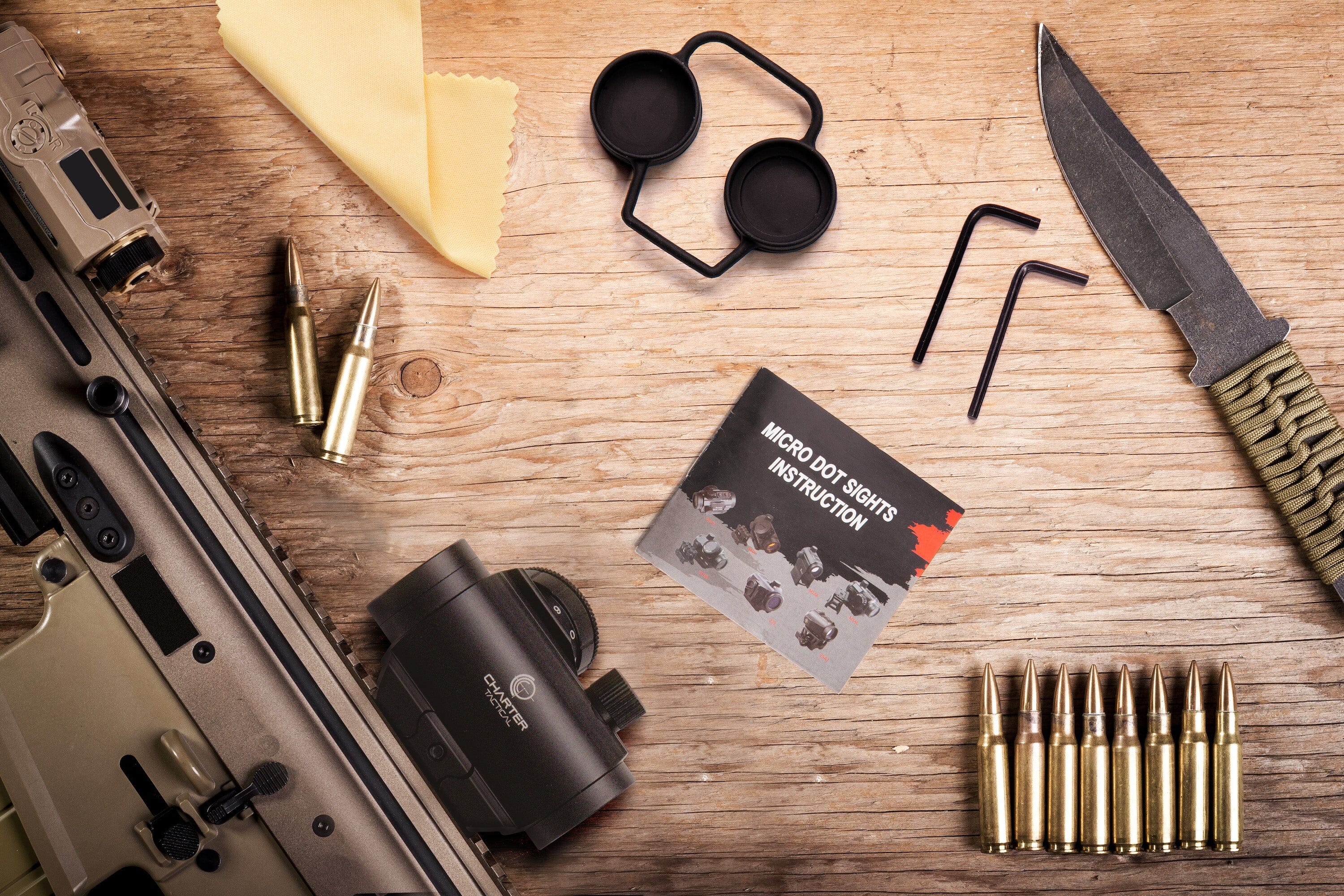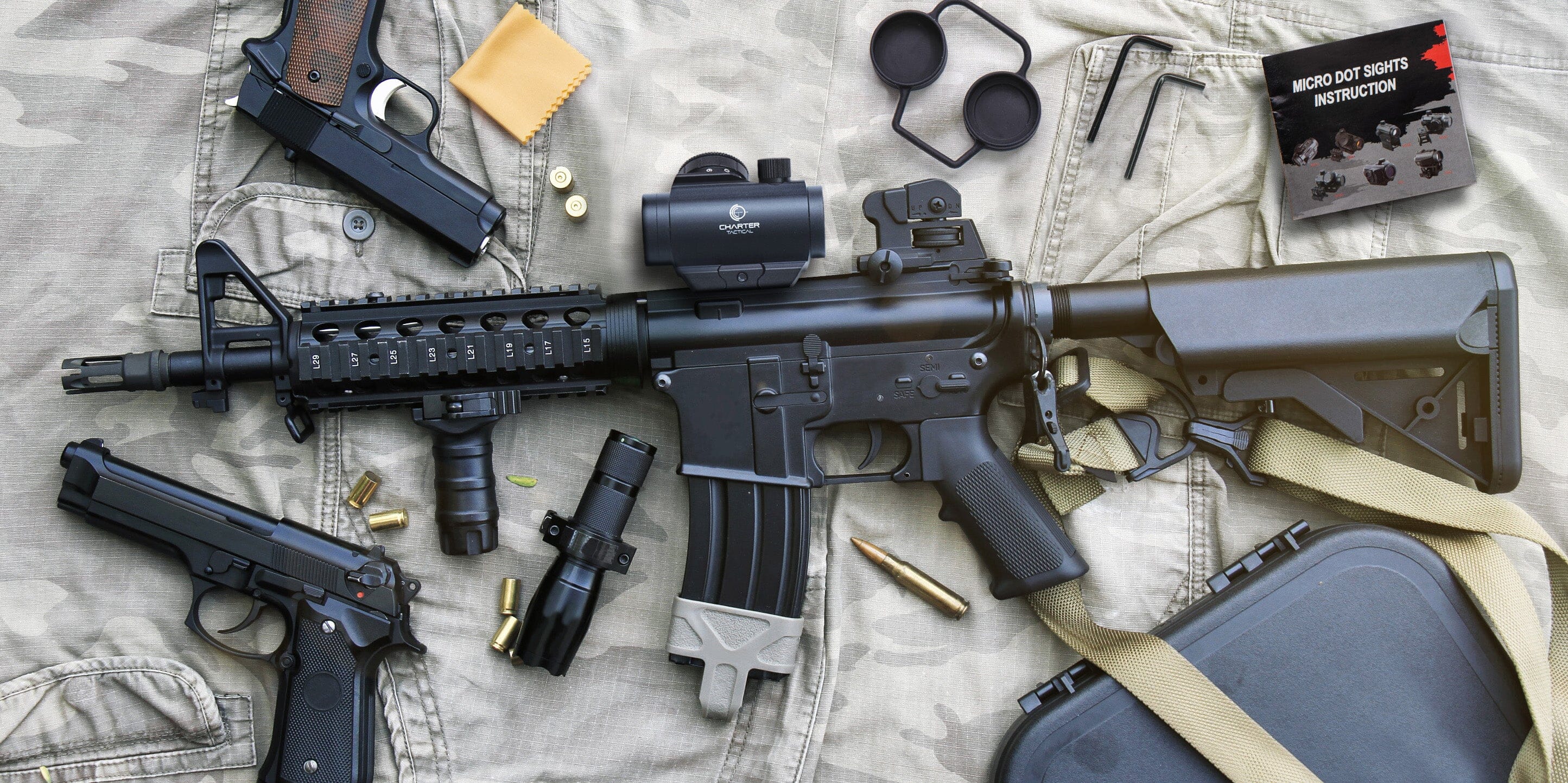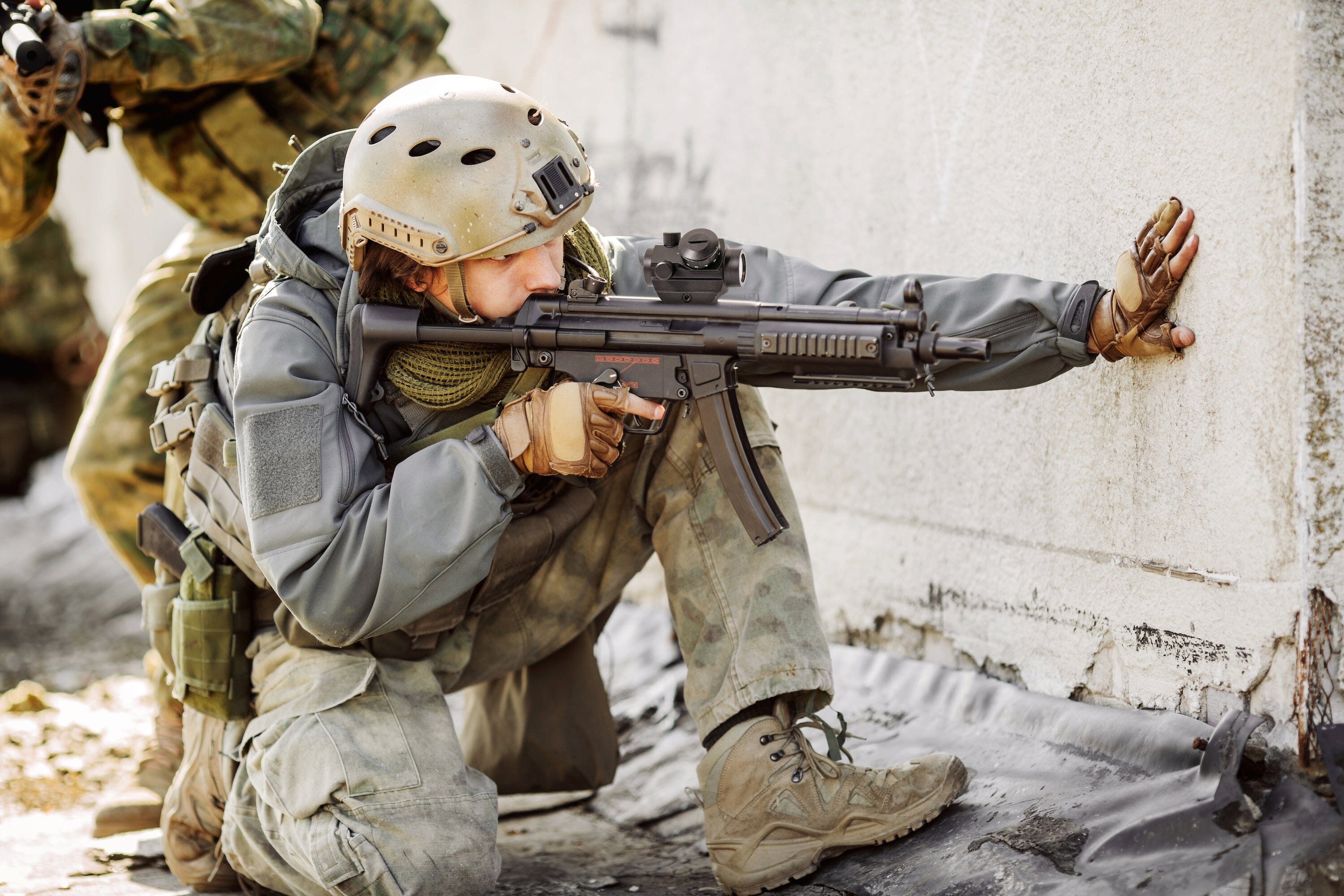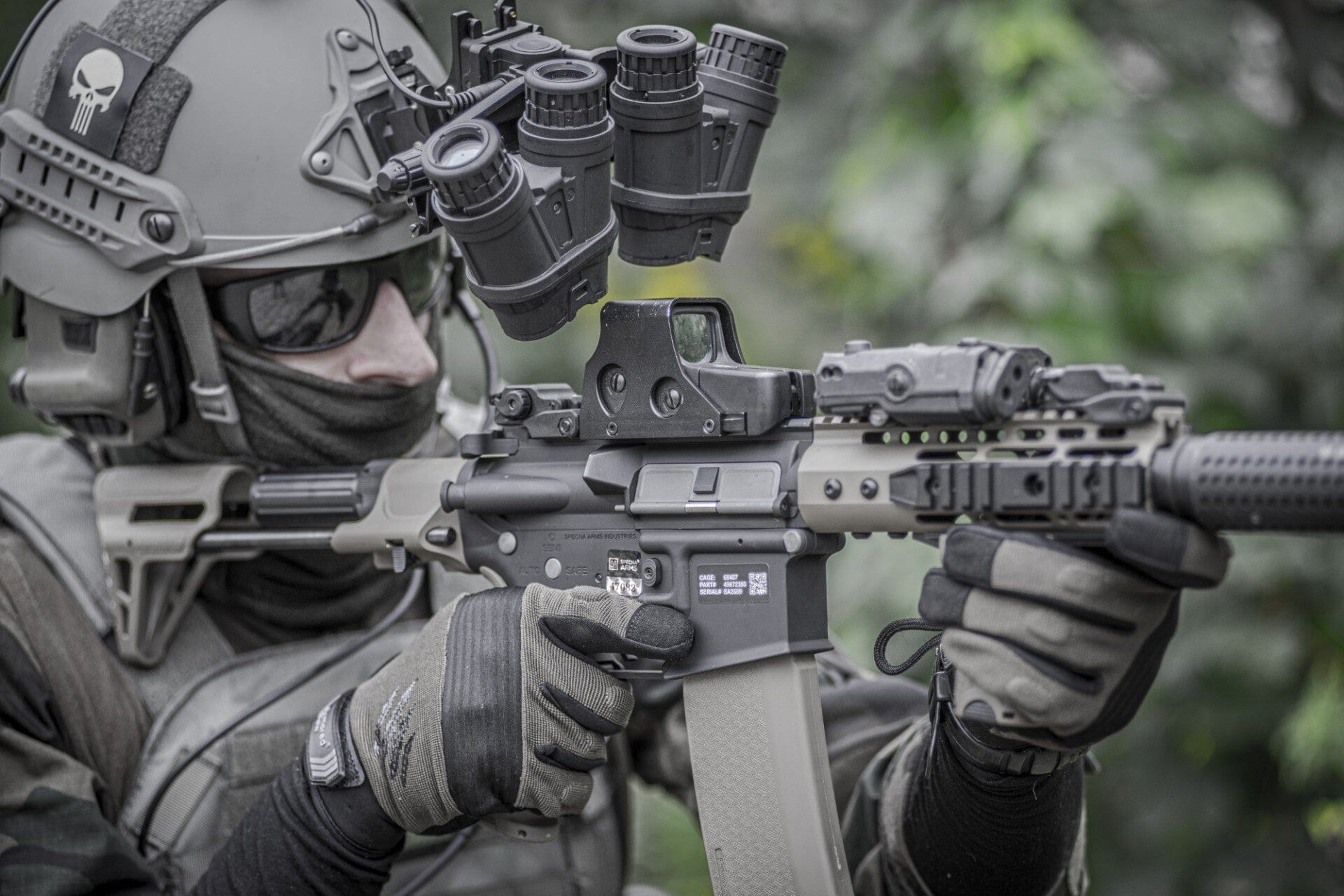2ND AMEN EDC Blog

Hit the Bullseye: A Beginner's Guide to Zeroing Your Rifle Scope.
Zeroing in a rifle scope is an essential step in achieving optimal accuracy and precision when shooting. By aligning the aim point of the scope with the point of impact of the bullet, you can ensure that your rifle is hitting where you intend it to. The process of zeroing a rifle scope can be a bit time-consuming and requires patience, but the end result is well worth the effort. Whether you're a beginner or an experienced shooter, taking the time to properly zero in your rifle scope can greatly improve your overall shooting experience.

First vs. Second Focal Plane Scopes: Which is Right for You?
Focal planes refer to the plane on which the reticle, or crosshairs, is focused in relation to the objective lens. There are two types of focal planes: first and second. A first focal plane (FFP) scope has the reticle located in the front focal plane, which means that the size of the reticle appears to change as you adjust the magnification. This can be useful for making precise shots at long distances. On the other hand, a second focal plane (SFP) scope has the reticle located in the rear focal plane, which means that the size of the reticle does not change as you adjust the magnification. This can be useful for quick target acquisition at close ranges. When choosing between first and second focal plane scopes, consider your intended use, budget, reticle size, and durability.

Choose the right rifle scope for your needs: A breakdown of key specs.
When shopping for a rifle scope, there are several key specifications to consider to ensure you get the best scope for your needs. Magnification determines how much the image of the target is magnified when viewed through the scope, with higher magnifications being useful for longer distances but also making it harder to keep the crosshairs steady. The size of the objective lens, located at the front of the scope, determines how much light can enter the scope and affects the brightness and clarity of the image. The reticle, or crosshairs, inside the scope can come in various types such as duplex, mil-dot, or BDC, and each has its own set of features. Eye relief refers to the distance between the eyepiece of the scope and the shooter's eye, and a longer eye relief is beneficial for recoil-heavy firearms. Parallax is the phenomenon where the position of the reticle appears to shift in relation to the target as the shooter moves their eye, and adjustable parallax allows the shooter to fine-tune the scope for the specific distance of the target. Durability and construction are also important factors to consider when shopping for a rifle scope.

Optics 101: a beginner's guide to sighting devices for guns.
Optics, or sighting devices, are an important accessory for many firearms, including rifles, shotguns, and handguns. They help you aim accurately by providing a clear, magnified view of your target. There are many types of optics available, ranging from simple iron sights to advanced scopes and red dot sights. Whether you are a beginner or an experienced shooter, the right optics can make a big difference in your shooting performance and accuracy.
